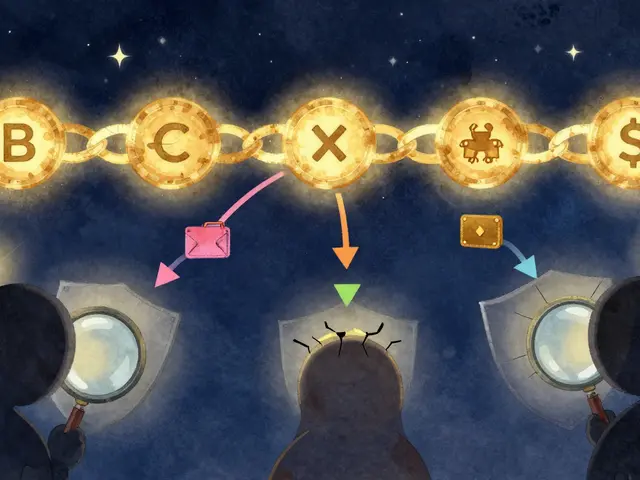Hoo Exchange Review: Fees, Security, and Features Explained
When evaluating Hoo Exchange, a crypto exchange that offers spot, futures, and staking services. Also known as Hoo.com, it crypto exchange platforms that let users buy, sell, and swap digital assets and must pass rigorous security audit independent checks of code, wallets, and infrastructure to protect funds. Understanding its licensing status, fee model, and liquidity depth is essential before committing capital.
Core Factors Behind a Reliable Exchange Review
A solid exchange review covers three pillars: safety, cost, and market access. First, safety hinges on whether the platform holds a license official permission from a financial regulator to operate and publishes proof‑of‑reserves. Hoo lists its registration in the Seychelles, but independent verification remains scarce, so traders should cross‑check with the regulator’s public database. Second, cost is driven by trading fees, withdrawal charges, and hidden spreads. Hoo advertises a maker‑taker model starting at 0.1%, yet real‑world execution can add slippage, especially on low‑volume pairs. Third, market access depends on liquidity pools; deeper order books mean less price impact for large orders. Compared to giants like Binance, Hoo’s spot liquidity ranks mid‑tier, which suits casual traders but may frustrate high‑volume users.
Security audits influence user confidence because they expose vulnerabilities before attackers can exploit them. In 2023, Hoo underwent a third‑party review that highlighted robust cold‑storage practices but flagged a minor API rate‑limit issue, which the team patched within weeks. Such responsiveness is a positive signal, but continuous monitoring is a must‑have habit for any exchange user. Licensing, on the other hand, governs the legal recourse you have if funds disappear; an exchange without a clear regulator can leave you without protection. Finally, liquidity determines how quickly you can enter or exit positions without moving the market. Hoo’s partnership with liquidity providers like Jump Trading helps bridge gaps, yet certain altcoin pairs still show thin depth.
Putting these pieces together, we can see clear semantic connections: Hoo Exchange encompasses spot and futures trading, Hoo Exchange requires regular security audits, and Regulation influences exchange safety. These triples guide readers through what to look for when scanning any exchange review, not just Hoo’s. They also set the stage for deeper dives into fee breakdowns, staking rewards, and mobile app usability that appear in the articles below.
What you’ll discover next includes step‑by‑step guides on how to verify Hoo’s reserve statements, compare its taker fees with rival platforms, and assess the impact of its fee discounts for HOO token holders. We also break down the user experience on web and mobile, discuss the range of supported fiat on‑ramps, and highlight common pitfalls like delayed withdrawals during network congestion. Whether you’re a beginner looking for a safe entry point or a seasoned trader weighing liquidity vs. cost, the collection gives practical tips you can apply right away.
Ready to dive into the specifics? Below you’ll find a curated set of posts that unpack Hoo’s fee structure, security posture, licensing nuances, and overall trading ecosystem, giving you a complete picture before you place your first order.
Hoo Crypto Exchange Review 2025: Features, Fees, Security & Verdict
An in‑depth 2025 review of Hoo Crypto Exchange covering features, fees, security, regulation, pros and cons, plus a comparison with Binance and Coinbase.





